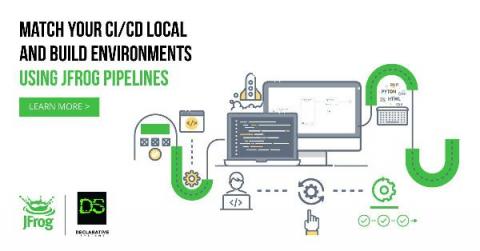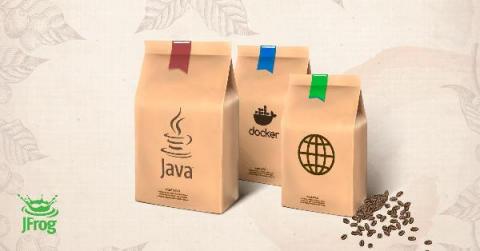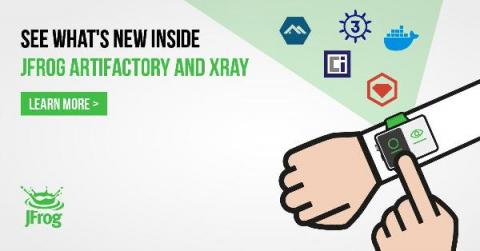Operations | Monitoring | ITSM | DevOps | Cloud
Latest News
My Build, My Way | JFrog Pipelines Extensions
Publishing a Python package
For many software engineers and developers, using standard libraries or built-in objects is just not enough. To save time and increase efficiency, most developers build on work done by others. Whatever the coding problem, there is likely another programmer who has already created a solution for it. There is usually no need to repeat the problem-solving process. This principle is known as Do not Repeat Yourself or DRY.
Java Artifacts Just Got Better: jpackage is Production Ready in Java 16
Deploying applications to Kubernetes from your CI pipeline with Shipa and CircleCI
Kubernetes can bring a wide collection of advantages to a development organization, but efficiently deploying applications to Kubernetes is something many organizations are still working to perfect. Properly using Kubernetes can significantly improve productivity, empower you to better utilize your cloud spend, and improve application stability and reliability. On the flip side, if you are not properly leveraging Kubernetes, your would-be benefits become drawbacks.
Forbes names CircleCI to America's Best Startup Employers list
Our team at CircleCI has been hard at work this past year. From rolling out major product additions like CircleCI Insights and private orbs, along with educational resources like our developer hub and State of Software Delivery Report that includes the first CI/CD benchmarks for high-performing engineering teams, it seems like every day there is something new to look forward to. All of this has taken place during unprecedented times for everyone across the globe.
How to Leverage Your Kubernetes Cluster Resources to Run Blazingly Fast and Secure CI/CD Workflows in Just a Few Minutes
This blog will take you on a step-by-step journey to show you how you can leverage your Kubernetes cluster resources to run your CI/CD workflows using the Codefresh hybrid solution. What Is the Codefresh Hybrid Solution and How Does It Work? The Codefresh hybrid solution provides you with a way of running the platform’s workflows on your Kubernetes resources, keeping your private resources safe while enjoying the benefits of a SaaS solution.
Deploying applications to Kubernetes from your CI pipeline with Shipa
Kubernetes can bring a wide collection of advantages to a development organization. Properly using Kubernetes can significantly improve productivity, empower you to better utilize your cloud spend, and improve application stability and reliability. On the flip side, if you are not properly leverag Kubernetes, your would-be benefits become drawbacks. As a developer, this can become incredibly frustrating when your focus is on delivering quality code fast.
Continuous integration for a Bazel Android project
Bazel (pronounced like the tasty herb: “bay-zell”) is an universal build tool developed by Google. Some notable companies like Twitter and projects like the Android Open Source project have migrated to Bazel. In this tutorial, you will learn how to build a Bazel Android project and set it up for continuous integration with CircleCI. We will wrap up by automatically running tests and producing a binary APK file. In addition to the written guide there is a working sample project.











